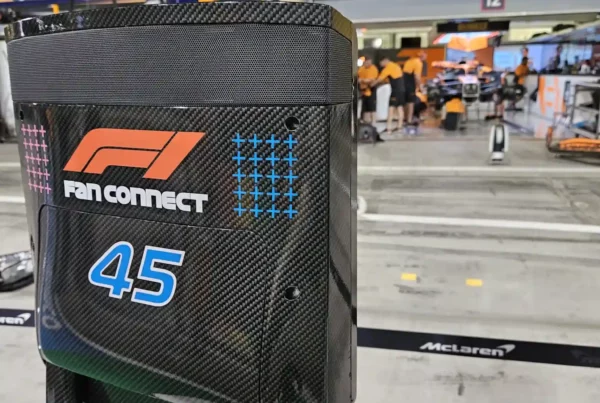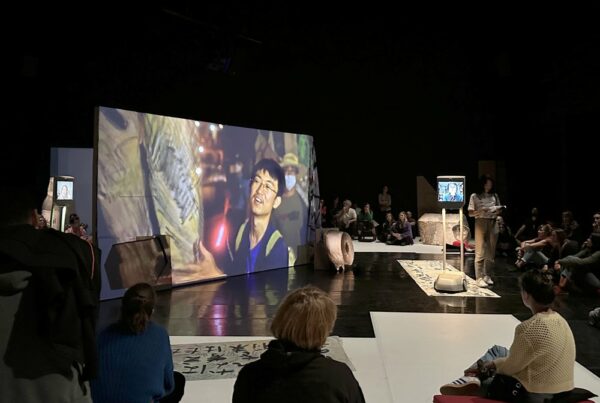In October 2021, Mark Zuckerberg unveiled his ambition to build a “new” world dedicated to our social interactions thanks to “metavers”. With the common point of transcending distance in order to give back the experience of a social interaction, synergies are to be expected between the telepresence robot and this technology. Jérémie Koessler, Awabot’s CEO and telepresence expert, shares his view.
What is the “metaverse”?
The “Metaverse” or “Metavers”, a virtual universe described by Facebook (now rebranded “Meta”) as “the computing platform of the future”, would be “a set of virtual spaces where you can create and explore with others who are not in the same physical space as you”.
This technology is nothing new as the first collaborative virtual environments emerged in the 1990s with, among others:
- the Dive system launched by the University of Nottingham for remote collaboration in virtual environments;
- Second Life, a real success that prefigured social networks such as Facebook;
- or World of Warcraft, the most popular online role-playing game for many years.
“The Metaverse is simply the possibility of immersing oneself in a virtual place and redesigning the environment in which one evolves by freeing oneself from distances, all thanks to a virtual reality headset,” explains Jérémie, Awabot‘s CEO. “We can consider that with the metaverse Mark Zuckerberg’s ambition is to strengthen his position in the device battle against Apple and Google, which are today the source of data. Thanks to the metaverse, his company will be in direct contact with users who will then leave their smartphones to live their virtual lives through glasses.”

The metavers: more beautiful the virtual life?
The metavers announcement also comes from context. Since 2020, COVID-19 has greatly impoverished our social relationships and made isolation a societal issue. There is a vital need for re-enchantment for many people: the metaverse could represent an escape for people in need of escape and social connection.
“It’s hard to know if the metaverse will succeed in satisfying the need for social interaction, because the environment is limited to the digital. As such, I think the telepresence robot can play a role as a gateway to the real world,” suggests Jérémie.
From metaverse to reality: the telepresence robot to the rescue
“For example, let’s imagine that an industrial company uses the metaverse to allow its employees to find each other, by totally immersing themselves in the company’s universe. When a machine breaks down, it is real, just like the agents who supervise its operation and who work every day in a factory or a warehouse, which is also real. So, we could imagine a manager leaving a meeting in the metaverse, to go and check the machine and physically interact with the employees present on site, all via a telepresence robot. “
Thus, giving back all the richness of social interactions while ignoring distance, seems to be the common challenge that metavers and robotic telepresence tend to take up, which, combined, could further increase the user experience.
And you, what does metavers combined with telepresence inspire you? Do you want to discuss it? Go to Twitter and LinkedIn. And for more information about the possibilities offered by the telepresence robot for remote interaction, contact us now.




